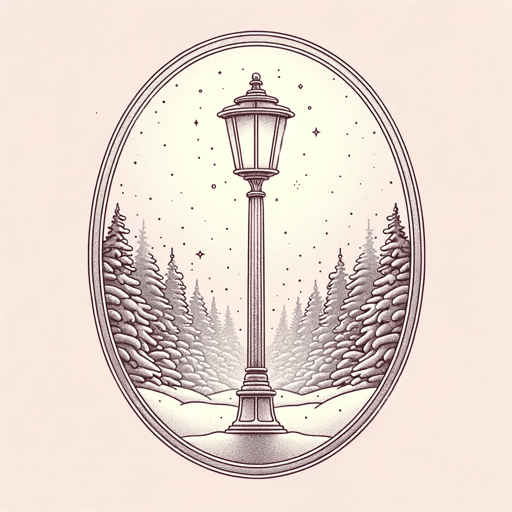71 pages • 2 hours read
C. S. LewisThe Lion, the Witch and the Wardrobe
Fiction | Novel | Middle Grade | Published in 1950A modern alternative to SparkNotes and CliffsNotes, SuperSummary offers high-quality Study Guides with detailed chapter summaries and analysis of major themes, characters, and more. For select classroom titles, we also provide Teaching Guides with discussion and quiz questions to prompt student engagement.
Symbols & Motifs
Seasons
The seasons in Narnia are a recurring motif that represents the struggle between the opposing forces of good and evil. At first, Lucy Pevensie tumbles into the snowy woodland of Narnia and believes it is a magical paradise. The white snow holds connotations of purity and peace, but just as the snow covers the ground and obscures everything in sight, this pretty and wintery picture only disguises the realm’s more sinister goings-on. It emerges that the whole of Narnia is suspended in the White Witch’s icy grasp—an extension of her own white flesh, which is “not merely pale, but white like snow or paper or icing-sugar” (37). The Witch is a personification of death itself. Unlike Aslan, who can restore petrified creatures to life with his breath and is himself resurrected, the Witch’s power lies only in her ability to deprive others of life; she turns creatures to stone, she inflicts a severe winter that means nothing in Narnia can grow, and the continuation of her reign depends on her preventing the fulfillment of the ancient prophecy by killing at least one of the four siblings. Narnia’s unending winter therefore symbolizes death, scarcity, and stagnation; nothing can grow or change in Narnia.
Related Titles
By C. S. Lewis
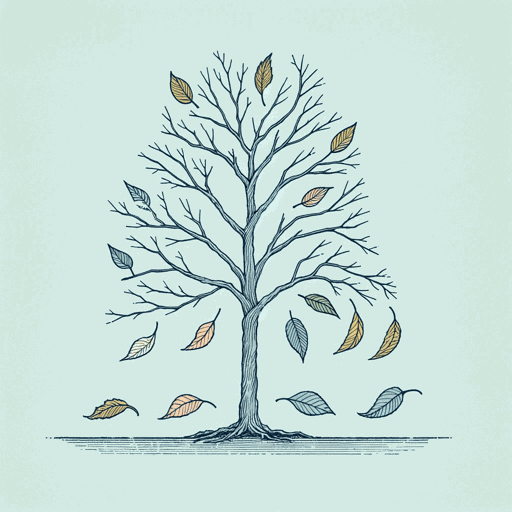
A Grief Observed
C. S. Lewis

Mere Christianity
C. S. Lewis
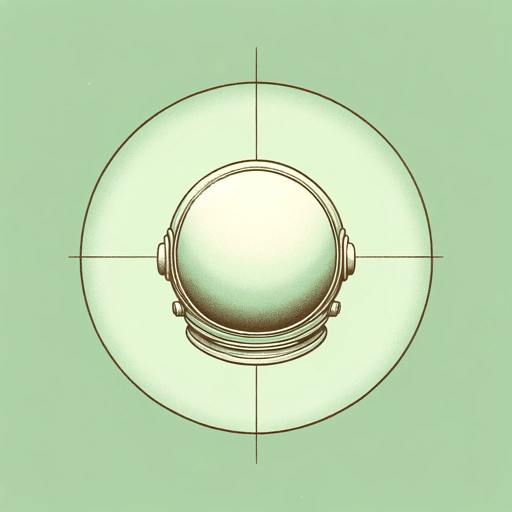
Out of the Silent Planet
C. S. Lewis

Perelandra
C. S. Lewis
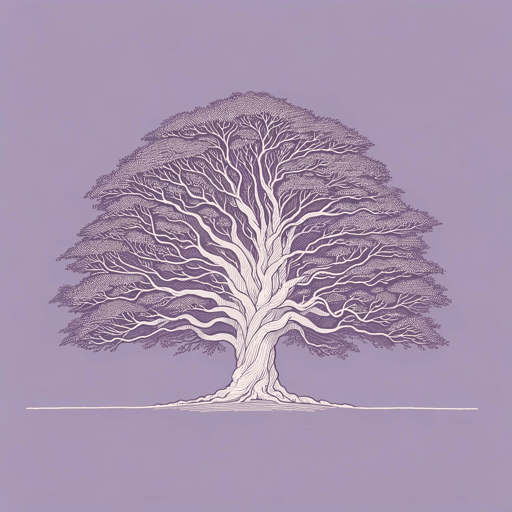
Prince Caspian
C. S. Lewis

Surprised by Joy
C. S. Lewis

That Hideous Strength
C. S. Lewis
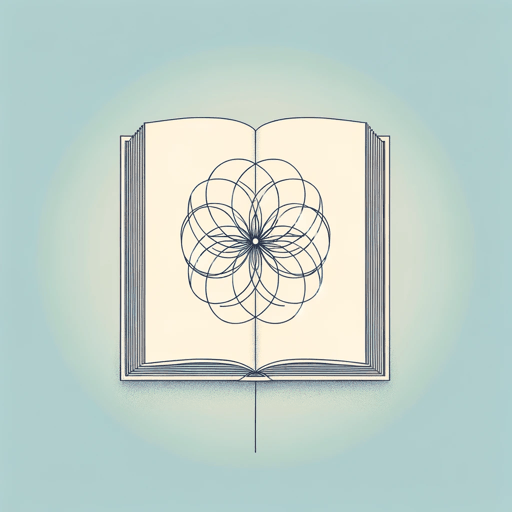
The Abolition of Man
C. S. Lewis

The Discarded Image
C. S. Lewis

The Four Loves
C. S. Lewis
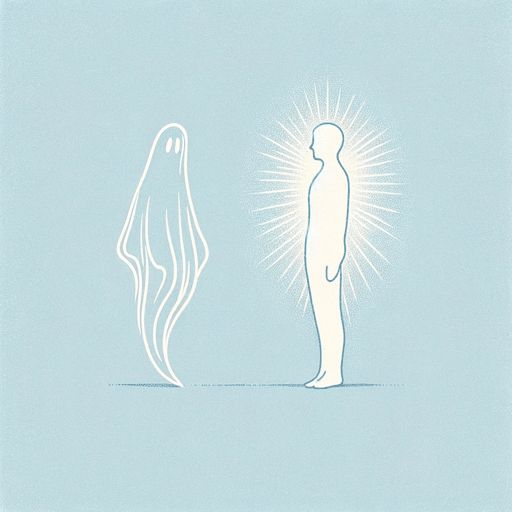
The Great Divorce
C. S. Lewis

The Horse And His Boy
C. S. Lewis
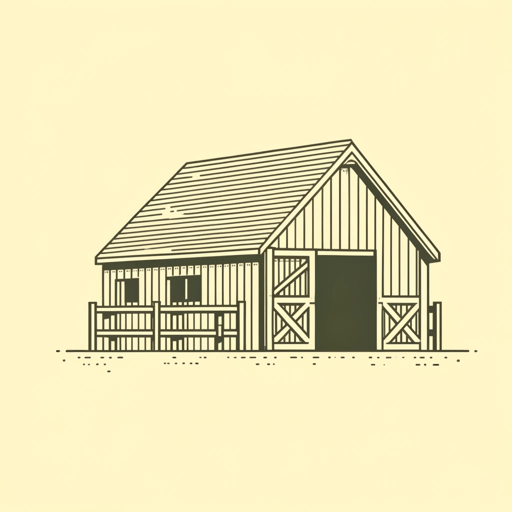
The Last Battle
C. S. Lewis

The Magician's Nephew
C. S. Lewis
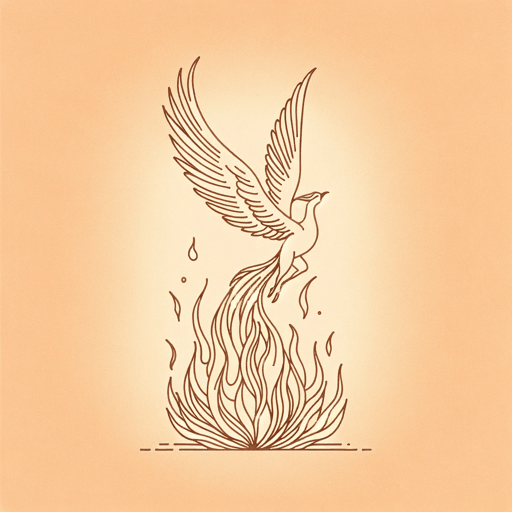
The Problem of Pain
C. S. Lewis

The Screwtape Letters
C. S. Lewis

The Silver Chair
C. S. Lewis

The Voyage of the Dawn Treader
C. S. Lewis

Till We Have Faces
C. S. Lewis
